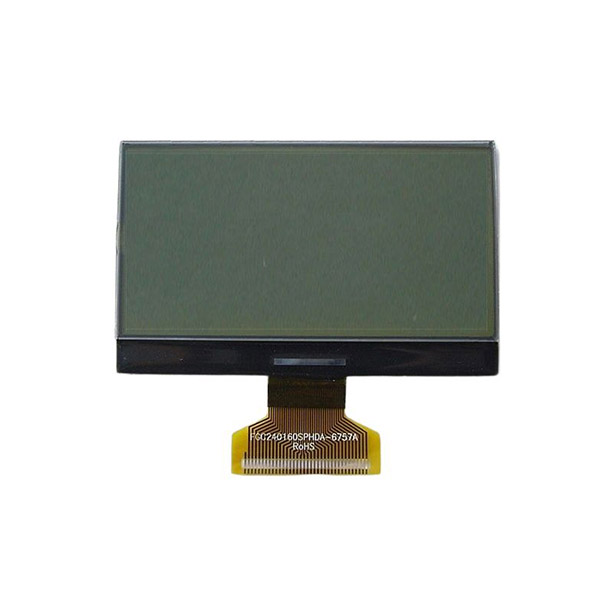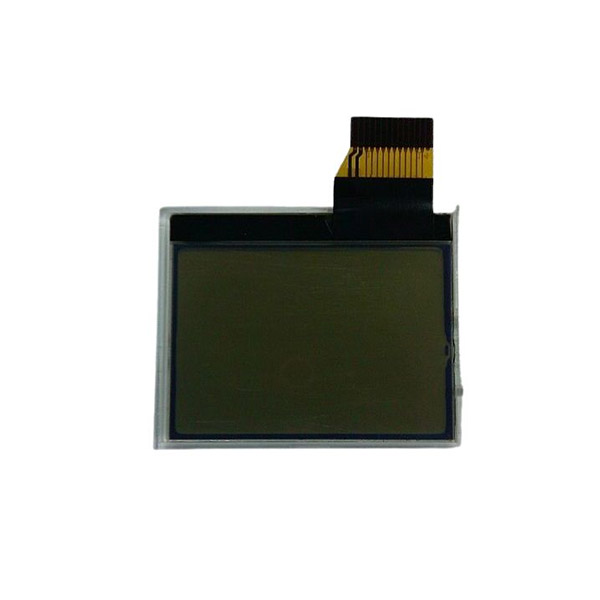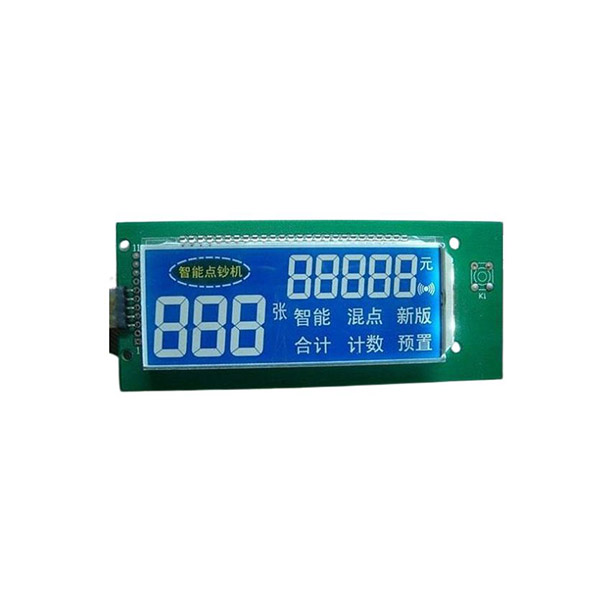- This topic is empty.
-
AuthorPosts
-
2025-07-22 at 4:12 pm #3939
In today’s rapidly advancing tech landscape, embedded systems have become essential components across various industries — from industrial automation and consumer electronics to automotive and healthcare applications. A critical element that enhances the functionality and user experience of these systems is the LCD module. These display units are widely preferred due to their versatility, low power consumption, and high visual clarity.
What Are LCD Modules?
LCD (Liquid Crystal Display) modules are integrated display solutions that combine an LCD screen with a driver circuit and often a backlight, making them ready for direct integration into embedded systems. Unlike raw LCD panels, modules offer easier installation and optimized compatibility with embedded hardware, making them ideal for development and production environments.

Key Advantages of Using LCD Modules in Embedded Systems
1. Excellent Visual Clarity and Readability
LCD modules provide crisp, clear images and text, which is crucial for monitoring and control applications in embedded systems. High contrast ratios and brightness levels ensure readability even under ambient lighting conditions.
2. Energy Efficiency
LCD technology consumes significantly less power compared to older display technologies like CRTs or even some OLED variants. This makes LCD modules ideal for battery-powered or energy-conscious embedded devices.
3. Compact and Lightweight Design
With their slim form factor, LCD modules can be easily integrated into space-constrained embedded systems without compromising on display quality or system performance.
4. Wide Variety of Sizes and Configurations
LCD modules are available in a wide range of sizes, resolutions, and aspect ratios. From small monochrome displays to large color touchscreens, developers can choose the perfect module for their application needs.
5. Durability and Reliability
Designed to operate under various environmental conditions, industrial-grade LCD modules are rugged and reliable, making them suitable for demanding embedded system applications such as outdoor kiosks, medical devices, and manufacturing control panels.
6. Ease of Integration
LCD modules often come with standard interfaces like SPI, I2C, or parallel connections, making them easy to integrate with microcontrollers, FPGAs, and other embedded platforms. This reduces development time and speeds up product launches.
7. Customizability
Many manufacturers offer custom LCD modules tailored to specific requirements such as unique shapes, touch capabilities, brightness levels, and user interfaces.

Shenzhen Yicheng Optoelectronic Technology Co., Ltd: Innovation in LCD Solutions
A pioneer in the industrial display market, Shenzhen Yicheng Optoelectronic Technology Co., Ltd specializes in the production of LCD screens and integrated solutions for embedded systems. With a strong focus on R&D and innovation, the company has established itself as a trusted provider for industrial control, medical, and commercial display applications.
Their LCD modules are engineered with precision, offering high brightness, wide viewing angles, and extended lifespan — all crucial for high-reliability embedded systems. Whether it's standard products or customized modules, Shenzhen Yicheng supports clients with comprehensive technical expertise, efficient production, and responsive service.

Conclusion
LCD modules play a vital role in enhancing the performance, usability, and reliability of embedded systems. With advantages ranging from visual clarity and energy efficiency to easy integration and customizability, they are indispensable in modern device design. Shenzhen Yicheng Optoelectronic Technology Co., Ltd brings leading-edge LCD solutions that empower innovation in embedded applications worldwide.
What Is a Liquid Crystal Display Module? Function and Core Components Explained
http://www.esenlcdscreen.com
Shenzhen Yicheng Optoelectronic Technology Co., Ltd -
AuthorPosts
- You must be logged in to reply to this topic.
